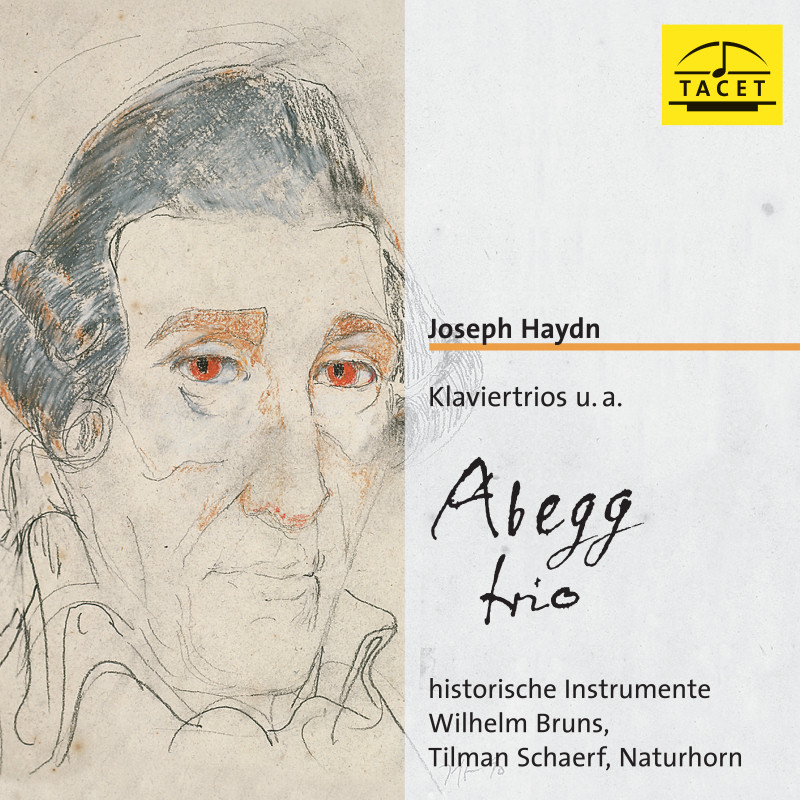Logowanie
Mikołaj - ten to ma gest!
Elton John, The Mamas & The Papas, Cat Stevens, Rod Stewart, Bobbie Gentry, Stevie Wonder, Engelbert Humperdinck
Memory Lane
Edycja Numerowana - 1000 egzemplarzy w skali światowej
RACHMANINOV, Eiji Oue, Minnesota Orchestra
Symphonic Dances / Vocalise
Best Recordings of 2001!!! NAJCZĘŚCIEJ KUPOWANA PŁYTA Z RR!
Karnawał czas zacząć!
Music of Love - Hi-Fi Latin Rhythms
Samba : Music of Celebration
AUDIOPHILE 24BIT RECORDING AND MASTERING
CHOPIN, LISZT, DEBUSSY, DVORAK, Gerhard Oppitz
Dances romantiques - A fantastic Notturno
Wzorcowa jakość audiofilska z Clearaudio
Winylowy niezbędnik
ClearAudio
Double Matrix Professional - Sonic
najbardziej inteligentna i skuteczna pralka do płyt winylowych wszelkiego typu - całkowicie automatyczna
HAYDN, Abegg Trio
Summer's Last Will & Testament
- Abegg Trio
- HAYDN
The trademark of the Abegg Trio was always and still is creating music programmes and recordings with intelligence, in a guaranteed authentic manner. Their latest programme also bears witness to this: Joseph Haydn, played on historical instruments with catgut strings and old bows matching the time during which the works were composed, recorded in the Festival Hall of the Weimar City Palace (built between 1789 and 1803). The two natural horn players Wilhelm Bruns and Tilman Schaerf enrich the original programme with a Quintet for two horns and piano trio as well as a virtuoso Trio for natural horn, violin and violoncello.
See reviews for this production
 Audiophile Audition (04/02/2012):
Audiophile Audition (04/02/2012):
Think you know anything about Haydn’s Piano Trios? Try this on for size.
Much of Haydn’s chamber music, aside from the string quartets, gets unfairly ignored; indeed, when comparing the piano trios of the Esterhazy master to those of Mozart it is commonplace to assume that the Salzburg boy had a one-up in all departments. more...
 Ensemble (12/01/2011):
Ensemble (12/01/2011):
 hifi & records (12/01/2011):
hifi & records (12/01/2011):
 Fono Forum (11/01/2011):
Fono Forum (11/01/2011):
Homogen zu fünft - "Fono Forum Tipp"
Da kann niemand kommen und sagen, dieses Haydn-Programm sei Nullachtfünfzehn. Neben drei Klaviertrios im klassischen Sinne enthält die neue CD des Abegg-Trios auch ein Quintett für Cembalo, 2 Hörner, Geige und Cello sowie das Es-Dur-Divertimento für Horn und zwei Streicher. more...
 Klassik heute (09/26/2011):
Klassik heute (09/26/2011):
(...)Drei dieser späten Trios haben die Musiker des 1976 gegründeten und seit 35 Jahren in gleicher Besetzung spielenden Abegg Trios nun im Weißen Saal des Weimarer Schlosses für das Label TACET eingespielt. more...
 klassik.com (09/14/2011):
klassik.com (09/14/2011):
--> Original-Artikel. more...





























